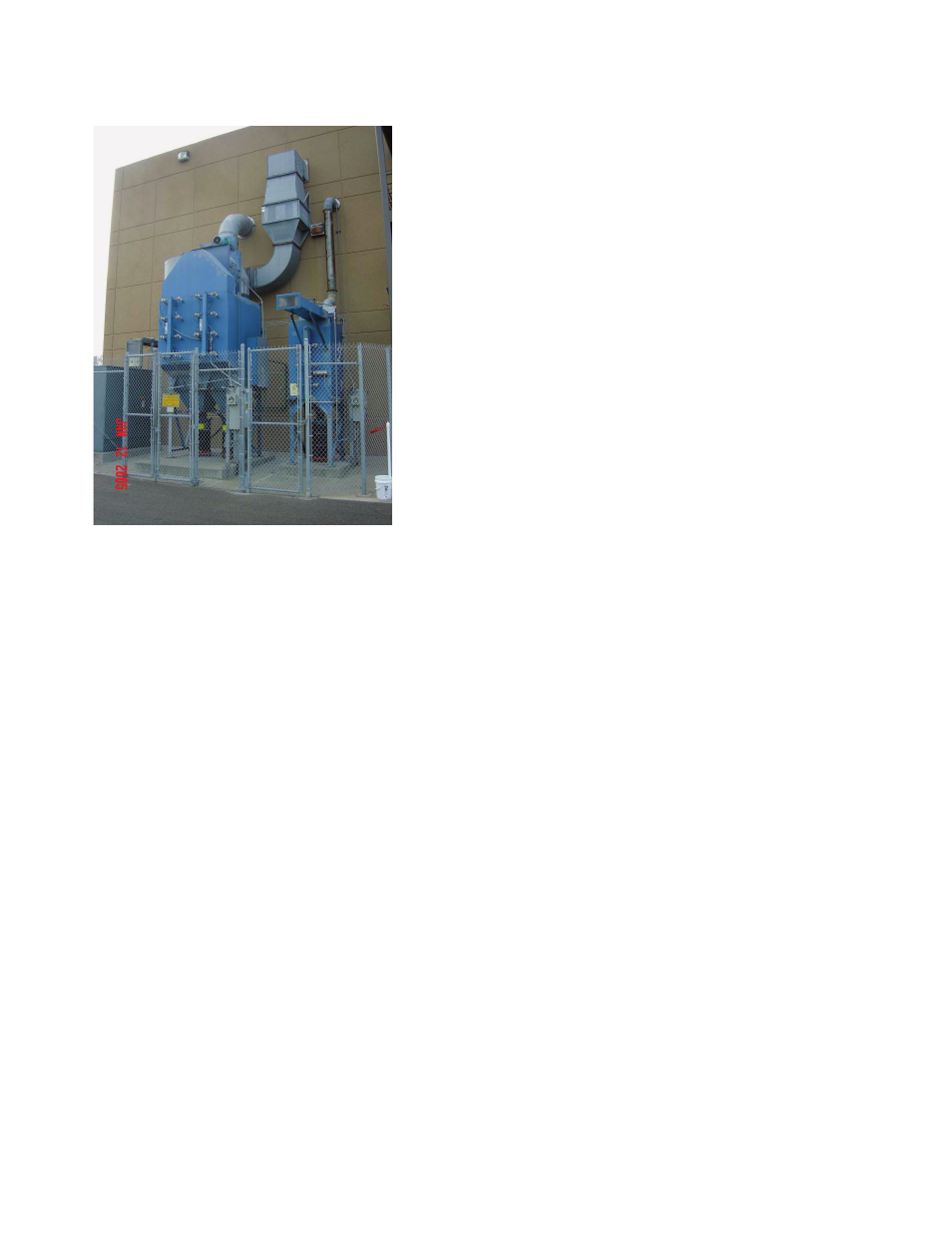Retrotec USACE User Manual
Page 213

Appendix D D83
D.4.3.8 System Pressure Greater Than Required by Users (Waste)
Figure D135. Compressed air for fi lter
cleaning by reversed fl ow pulsing requires
higher pressure than most other uses.
A typical compressed air system operating at 689.5 kPa (100 psi) will use an
additional 1% of power input for each 13.8 kPa (2 psi) in pressure increase.
A review of the compressor performance curve is needed to provide a more
accurate value. An addition loss in energy occurs as a result of the higher pres-
sure causing more compressed air usage by unregulated users such as air blow-
offs, leaks, and so on (Figure D135). It is not uncommon for 30–50% of the
compressed air use to be unregulated; a 13.8 kPa (2 psi) increase in system
pressure will increase consumption in the range of 1.6–2%. The combined
waste of energy in a typical compressed air system would be a little less than
2% for each psi increase in system pressure.
Typically, industrial process compressed-air systems operate with a full load
discharge pressure of 689.5 kPa (100 psig), and the compressor unloads at 758.4
kPa (110 psig). In the plant, most tools and equipment can operate at a pressure
of 551.6 kPa (80 psig) or less. This presents the opportunity to reduce the system
pressure. Look at the hoses, pressure regulators, and fi lters found in the air dis-
tribution system. If they have a pressure drop greater than 48.3 kPa (7 psi), it is
likely that components with a lower pressure drop could be substituted.
D.4.3.9 Continuous Air Bleeds (Waste)
Continuous air bleeds are unregulated compressed-air users that individuals
use for area cleaning, part drying, cooling, and so forth. The fl ow from these
openings increases as the pressure increases, and they are a source of com-
pressed air use when production stops for the weekend and other times. This
